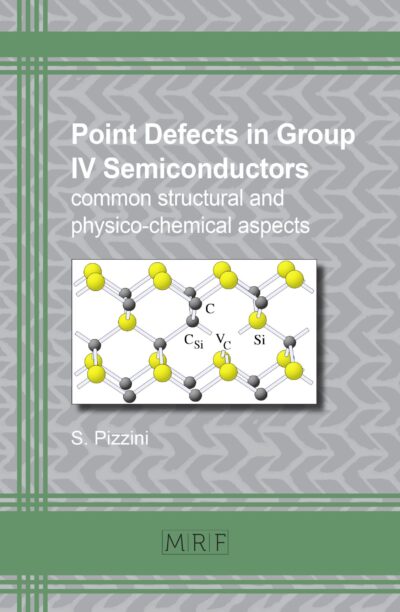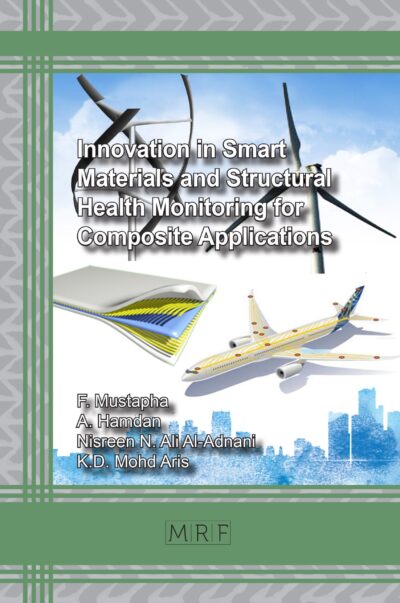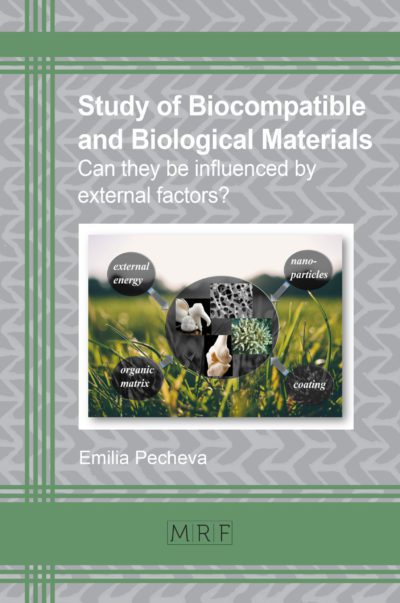Solid Oxide Fuel Cell (SOFC) Materials
R. Saravanan
Materials Research Foundations Volume 23
Publication Date 2018, 182 Pages
Print ISBN 978-1-945291-50-0 (release date January 15th, 2018)
ePDF ISBN 978-1-945291-51-7
DOI: 10.21741/9781945291517
Developing materials for SOFC applications is one of the key topics in energy research. The book, Solid Oxide Fuel Cell, focuses on manganite structured materials, such as doped lanthanum chromites and lanthanum manganites, which have interesting properties: thermal and chemical stability, mixed ionic and electrical conductivity, electrocatalytic activity, magnetocaloric property and colossal magnetoresistance (CMR).
These materials have applications in solid oxide fuel cells, high temperature NOx sensors, hard disk read heads, magnetic sensors and magnetoresistive random access memories.
For the first time, the charge density distributions have been studied in these materials as synthesized by high temperature solid state reaction. Charge density analysis is helpful in understanding the physical and chemical properties of materials and in developing optimized structures. The morphological, elemental, optical and magnetic properties of the materials have also been studied.
Keywords
Solid Oxide Fuel Cells, SOFC, Manganite Structured Materials, Lanthanum Chromites, Lanthanum Manganites, Electrocatalytic Activity, Magnetocaloric Property, Colossal Magnetoresistance, High Temperature NOx Sensors, Hard Disk Read Heads, Magnetic Sensors, Magnetoresistive Random Access Memories, Charge Density Distribution
Table of Contents
Preface
Chapter 1 Introduction
Chapter 2 Results Results
Chapter 3 Discussion
Chapter 4 Summary
Keywords
About the author
ProtoView by Ringgold Clean Data
Saravanan (physics, Madura College) investigates the growth, physical, and X-ray characterization of materials having manganite structures. The study synthesizes three series of doped lanthanum chromite samples and two series of lanthanum manganite samples using the high temperature solid state reaction method. The spatial charge density distributions as a whole in the unit cell for all the synthesized samples were analyzed thoroughly using maximum entropy method. Powder X-ray diffraction reveals the crystal structures of the synthesized powder samples. Annotation ©2018 Ringgold Inc. Portland, OR (protoview.com)
Ringgold Keywords
Lanthanum manganite, Lanthanum chromite, Powder X-ray diffraction, Manganite structures, Charge density


















